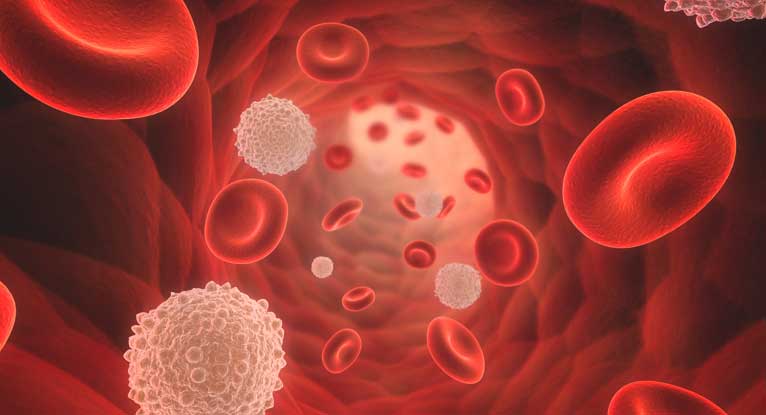 In a cold march
morning in 2021 a big city urban “academic” hospital, the “consult” phone
rings. A Nephrology attending answers “ Renal consult, can I help you?”. The “Hospitalist” on the other end says, “
Yes, I have a creatinine of 1.5mg/dl, AKI, please see.”. The Nephrologist replies, “ Yes, we shall,
please send me details of the location and will take care of it.” The Hospitalist says, “ thank you, and please
don’t ask you fellow to see, I want an “Attending only” consult. The Nephrology attending politely
agrees. He nods to the “renal fellow”
next to him and says, “ Don’t worry, this one is for me only”. The Hospitalist
continues “One more thing, I am done for the day, it’s 4PM, can you call the
consult recommendations to my resident in house, thanks!” and hangs up.
In a cold march
morning in 2021 a big city urban “academic” hospital, the “consult” phone
rings. A Nephrology attending answers “ Renal consult, can I help you?”. The “Hospitalist” on the other end says, “
Yes, I have a creatinine of 1.5mg/dl, AKI, please see.”. The Nephrologist replies, “ Yes, we shall,
please send me details of the location and will take care of it.” The Hospitalist says, “ thank you, and please
don’t ask you fellow to see, I want an “Attending only” consult. The Nephrology attending politely
agrees. He nods to the “renal fellow”
next to him and says, “ Don’t worry, this one is for me only”. The Hospitalist
continues “One more thing, I am done for the day, it’s 4PM, can you call the
consult recommendations to my resident in house, thanks!” and hangs up.
Not too long ago, we trained as residents and fellows to see
patients and get the “ nuts and bolts” of medicine and the field you were
choosing. You wanted to see more patients to get the experience; perhaps not
all of us but most of us wanted to get the “full and complete “
experience. Attendings saw patients with
us and we learnt from their clinical wisdom. While fellows/residents were work
horses, most academic centers had educational missions as well to counterbalance
the workload. Things have changed in the last decade. The above conversation
reflects some of those changes.
What is wrong with the above conversation? What has bought
us to this stage or might get us to this stage? Why is it “okay” for the “team”
calling the consult to have trainees see their patients and “consult” team has
to be “attending only”? While a fellow
might have less experience, their vision is not tunneled and they might bring
an amazing differential diagnosis to the forefront. While the fellow might be seeing many
patients, seeing more patients might make them more efficient and learn to
prioritize. There is lot of learning even when the volume of patients is high. Is it the fear of “patient satisfaction” or
is it a fear of “litigation”? Not really
sure. I have heard it’s “communication”
and many subspecialty fellows “don’t want to see more patients.” Is that really true? Maybe once in a while,
we all get tired and want to “go home”.
But we most of us went into medicine to “see patients” and provide
optimal patient care. I can say proudly
that sometimes my patients ask “ Where is the fellow?, you are alone today? We
miss the fellow..” You form a team and a “team” always brings more to patient
care than a “single person”.
In addition, “consult” team cannot ask any questions. “ Yes
sir, I shall see the patient”. Questions are asked to see the urgency of
situation, to assess workup and to get a sense of what can be done quickly
before we get there. “Asking questions on the phone” does not equate “avoiding”
a consult. A good consultant will ask pertinent 1-2 questions and see the
patient. “Fellows” ask too many
questions.. perhaps they are avoiding the consult. Fellows ask questions to learn about the
patient- it’s simple. Most fellows are nervous and want to make sure that when
they present to their “attending”, they have a complete story. Unfortunately, this is sometimes mistaken as “
avoiding consults”. How quickly many
attendings forget—“ I was once a trainee and did the same!”.
In the era of corporate medicine, where “academia” is
blending with “private practice”, there is soon going to be no difference. “Pan-consultemia” will drive these consults
that will increase medical costs even more.
“Attending only” services are
good to help off load the fellows burden in many academic centers and creating
such services is an excellent idea for that reason. When a surgical team calls a “attending only
renal consult” and I don’t even get to speak to an “attending” on the other
end-let alone a fellow or resident- it boggles my mind.
Double standards in medicine!


